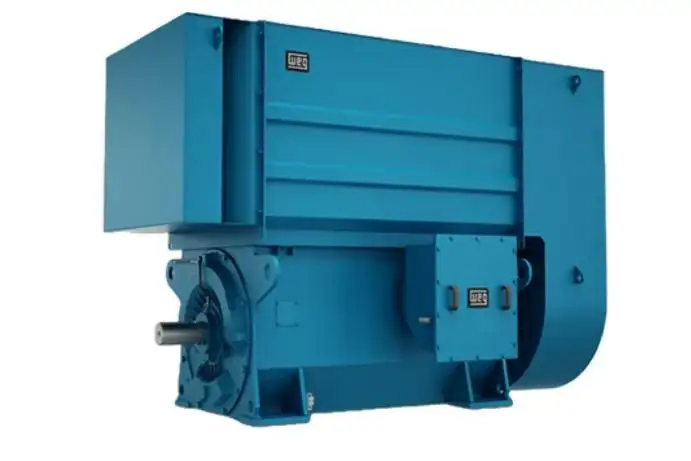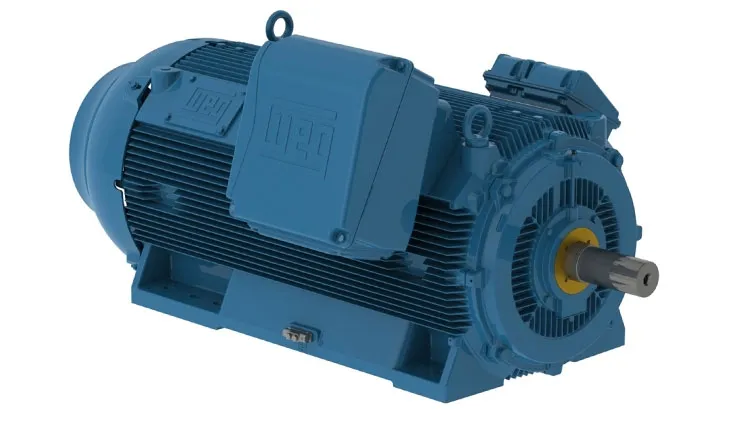What is Free Air Delivery (FAD)?
When you shop for an air compressor-whether it's destined for a factory floor, a small workshop, or a battery of pneumatic tools-the term Free Air Delivery, or FAD, appears again and again. Far from being a bland figure on a datasheet, that single measure reveals the engine's day-to-day character and tells you how well it will meet your real workload.
What Does Free Air Delivery Mean?
Free Air Delivery describes the actual quantity of air that leaks out of the discharge port after the compressor squishes it, and then that volume is corrected back to "fresh" laboratory conditions: one bar of pressure, standard chilly room temperature-usually 20 degrees Celsius-and no extra moisture clinging to the gas. Engineers usually write it in one of these units:
- ACFM-Actual Cubic Feet per Minute
- SCFM-Standard Cubic Feet per Minute
- Nl/s-Normal Liters per Second
Put simply, FAD tells you how much clean, ready-to-use air the machine sends down the line.
Why is FAD Important?
FAD is more than a technical detail; by linking supply directly to demand, it drives energy costs, productivity, and the service life of every downstream component. Here are the main reasons it matters:
• Picking the right-size kit: Be it a quick lube shop or a big factory, matching the free air delivery keeps machines fed and avoids embarrassing power shortages.
• Better bang for your buck: High delivery at low input means every kilowatt spins more pistons, shrinks the power bill, and lengthens service life.
• Steady tool action: Air tools need airflow that doesn’t waver. Weak delivery makes them sputter, overheat, and chew through fittings for weeks.
• Playing by the rules: ISO 1217 sets the yardstick for showing FAD so everyone is measuring the same way.
FAD Vs. CFM Vs. SCFM: What Do They Mean?
For many shoppers, the airflow jargon quickly blurs together.
Term What it Means Real Use
- CFM Cubic Feet per Minute (blanket air volume) is often a rough guess, not lab-tested.
- SCFM Standard CFM (corrected to lab benchmarks) Clearer picture, and is easier to compare.
- FAD (actual air you can use outside the tank): Closest number to real-day performance.
FAD Across Different Compressor Styles
1. Rotary Screw Compressors
Workhorses of big factories. Their FAD rating stays high, even hour after hour.
- Unmatched for around-the-clock duty.
- Perfect for CNC cells and tool banks.
- A 100-horse model may hand you 450 CFM FAD at 7 bar.
2. Piston Compressors
Great for small shops and tasks that come and go.
- Output can sag once heat builds.
- A 5-horse unit might serve up 15 CFM FAD at 7 bar.
3. Portable Compressors
Rolling power for sites that move.
- Actual FAD depends on tank size, rpm, and weather.

Factors That Cut Free Air Delivery
Real-world variables step in daily and steal hard-earned FAD:
1. Air Temp
Heat makes air lighter. Each pump drags in less mass.
2. Humidity
Steam takes room that oxygen could fill. Wet air shrinks FAD.
3. Altitude
Climbing higher lowers outside pressure. Weaker intake drops delivery.
4. Inlet Restrictions
Grime on filters or tight ducts chokes the flow.
5. Pressure Loss
Leaks or thin fittings bleed pressure, so tools get less air.
Improving Your Compressor's FAD
Try these steps to squeeze more from the system:
• Keep filters clean: Blocked media robs volume fast.
• Use an air receiver: It smooths pulses and levels the flow.
• Install a quality dryer: Dry air protects pipes and tools.
• Cut bends and seal leaks in piping.
• Regular maintenance: Old seals or valves sap efficiency.
Choosing the Right Compressor Based on FAD
- When it's time to pick an air compressor, one number stands out above all others: Free Air Delivery or FAD. This figure tells you how much usable air the machine pushes out at the pressure you need, and you will see it written as SCFM, standing for cubic feet per minute, or as Nl/s, short for normal liters per second. Pick a model whose FAD matches your demand, and your tools run smoothly without dropping pressure mid-job.
- Make a quick list of every tool you intend to use at the same time and note its SCFM requirement; that figure shows how much air each one swallows. Add up the numbers, multiply the subtotal by 1.25 for a safety cushion, and you get an approximate figure-e.g., 32 SCFM. The extra room covers leaks, hose losses, and any future gear you might add. Now choose a compressor whose FAD rating meets or exceeds that total.
- Sizing correctly saves power, keeps your team on the job, and spares the equipment from unnecessary wear. If FAD calculations leave you scratching your head, give Vibmac a call, and one of our specialists will walk you through the numbers.
Choosing the right air compressor starts with understanding Free Air Delivery (FAD). Whether your workshop is a cozy two-bench space or a sprawling factory floor, matching your tools' SCFM demand to a compressor FAD rating keeps everything running smoothly, saves power, and cuts down on unexpected breakdowns. List the total SCFM your equipment needs, add a small cushion for safety, and pick a compressor that meets or slightly exceeds that figure so you steer clear of costly downtime.
Conclusion
The right compressor not only boosts tool output but also lengthens its service life and eases strain on the entire system. Remember that clean, dry air, a properly sized receiver tank, and minimal pressure loss are just as vital for getting the performance you expect. Still uncertain about which model fits your job? Swing by VIBRANT for friendly advice, hands-on support, and industrial air compressor solutions fine-tuned to your specific FAD requirements.









